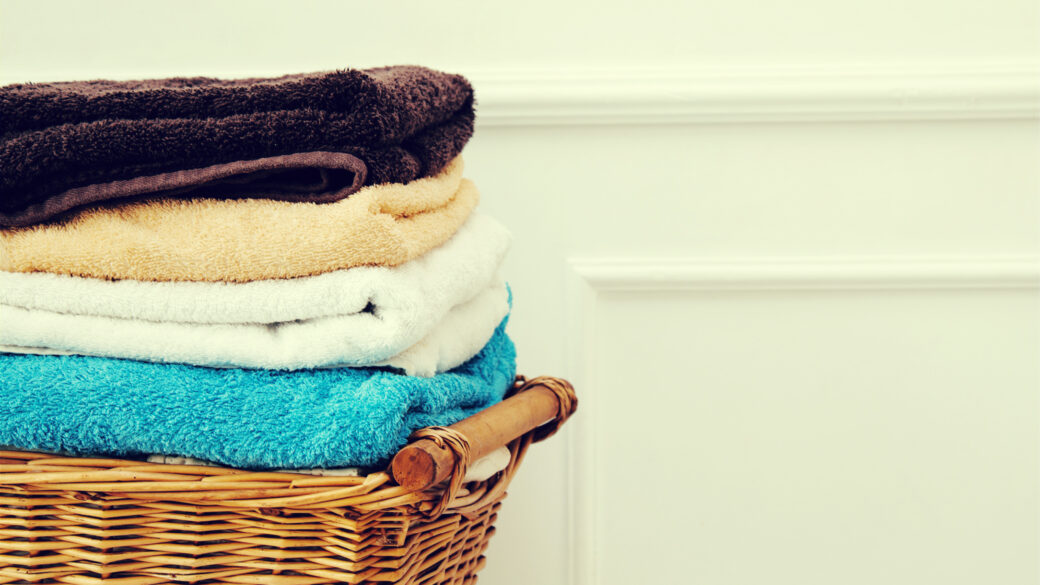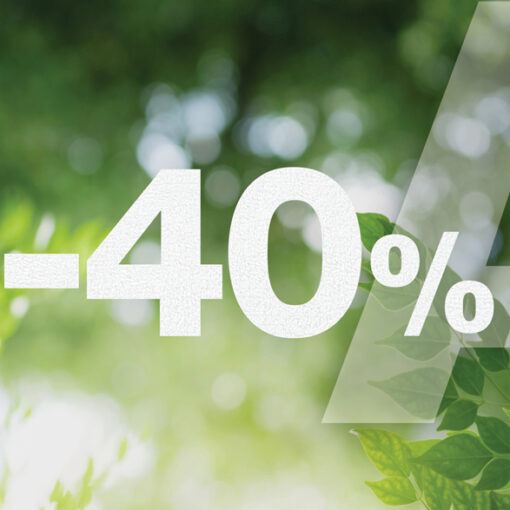Pros and cons of different types of materials

Acrylic is most chemical material and Damask is named after Damascus where Marco Polo reloaded good. Rad about interesting things about the different types of materials and see how to treat them.
Acetate: Synthetic fibres with a lovely shine that drapes softly. Silk-like. Widely used as lining in coats, jackets, etc. Acetate is not very strong and is weakened by chemicals. Wrinkles a lot in the wash. Wash at 40° C. Iron at low temperatures.
Angora: Natural animal product. Comes from rabbits. Hand wash like wool – see wool. Angora sheds so wash separately.
Cotton: White cotton can be washed in hot water. Coloured cotton should be washed as instructed on the care label, because it is the quality of the dye that determines the washing temperature.
Canvas: A heavy weaved natural fabric made of cotton and linen. Used to make items such as bags, shoes, uniforms and outerwear. Follow the care instructions for the textile it is made of.
Damask: Named after Damascus where Marco Polo reloaded goods. Follow the care instructions for the textile it is made of. Damask is a special type of weaving, so damask fabric can be made of different materials such as silk, cotton and polyester. Originally, damask was always made of cotton. Later silk was also used (silk damask is also known as Jacquard). Today, you can find damask made of a mixture of textiles – for example with polyester.
Elastane: Elastic fibre. Used in swimwear, underwear, socks, pants. Usually can be treated the same way as the material it is mixed with. Do not bleach with chlorine.
Hollow core fibres: Hollow synthetic fibres, often polyester. The hollow fibres increase the insulation capacity. One of its trade names is Hollofil. Can wash at 60° C and tumble dry at low temperatures.
Lace: Comes in silk, cotton and synthetic material. Often named after French cities that specialized in manufacturing it, such as Chantilly, Valenciennes and Calais. Follow the care instructions for the textile it is made of.
Lambs wool: Natural animal product. Lambs wool is from the first shearing and finer, lighter and softer than wool from the following shearing. Wash like wool, see wool.
Linen: A natural vegetable product that wrinkles a lot and is difficult to iron. Shrinks in the wash. Detergent must not contain bleach, which damages the fabric. Do not scrub. Linen is best washed in the gentle cycle.
Man-made material: An industrially made fibre that can be separated into two categories — regenerated fibre and synthetic fibre. Handle with care. Follow the instructions for each material.
Micro fibre: An especially thin synthetic/chemical fibre. Extremely compact but still has room to breath. Used in sports clothing (protects against wind and water) and in underwear (releases air and moisture but remains dry). Wash in gentle cycle only with extra water at 30° C. Do not centrifuge or tumble dry.
Modal: Modal fibres are artificial cellulose fibres but with a different internal structure than viscose. Wash at 60° C and iron on the highest temperature. Can tumble dry.
Nylon: Nylon or polyamide surpass all other fibre materials in both wear and tear strength. Nylon is light sensitive and yellows and becomes brittle in sunlight. Used to strengthen all types of sports clothing as well as in bags and other accessories. Wash at 40° C.
Oilskin: Surface treated with wax. Almost waterproof. Do not wash or dry clean. Clean with a damp cloth or sluicing/shower. Wax for maintenance.
Polyamide: Doesn’t shrink in the wash. Underwear, blouses and socks are washed at 40° C on the normal program in a loosely filled machine. Light material can be washed at 60° C but the clothes are usually clean at 40° C. Gentle spin cycle and tumble dry at maximum 60° C.
Polyester: Also known as Terylene, Diolen, Dacron, and Tetoron. It keeps its shape and is durable. Withstands sunlight and most chemicals. Is less sensitive to heat than other synthetic fibres. Used in all forms of clothing, often mixed with cotton or viscose. Wash at 40° C.
Polyester fill: Wash jackets and things of cotton/polyester or nylon with polyester filling in a loosely filled machine. Light colours wash at 60° C, colours at 40° C. Tumble dry at temperatures recommended for the fabric.
Polypropylene: Lighter than other textile fibres. Strong, flexible and can take most chemicals but is sensitive to light and heat. Used in sports underwear among other things. Wash at 40° C.
Poplin: Tightly woven fabric with twice as much thread horizontally as there is vertically. Comes in pure cotton and cotton/polyester. Used in both shirts and polo shirts. A special weave. Follow the care instructions for the textile it is made of.
PVC: Clothes made with a plastic coating of PVC such as rainwear are washed in a loosely filled machine at 40° C. PVC cannot tolerate the spin cycle nor tumbled dry. Clothing made of PVC should be disposed of like other hazardous toxic materials.
Silk: Silk is a fine fibre, soft, very lustrous, wrinkles only slightly and has a good insulation capacity. Like the other natural fibres, it can absorb moisture and is therefore comfortable to wear. It doesn’t become static. Hand wash or wash with a gentle detergent and a suitable program. Never tumble dry.
Sports wool: Specially treated wool that keeps the user cool even with hard physical activity. Easy-to-wash. Not particularly strong. Combination material made of polyester and wool. Wash at 40° C. Tumble dry at low temperatures.
Wool: From sheep, horse, camel, rabbit and other longhaired species. Wash wool clothing on the wool program. Wool pills and shrinks easily with too much handling. Wool must not be left to soak. Wash in the wool program with a mild detergent without enzymes and bleach. Wool is damaged by chlorine. Wool can be gently centrifuged but do not tumble dry.
Velour: Originally woven strictly of silk. Today, velour is also made of cotton and viscose. Velour has longer and softer nap than velvet and plush fabrics. Follow the care instructions for the textile it is made of.
Viscose: The most used of the so-called regenerated fibres. Comfortably soft to wear and absorbs body moisture like a cotton product. Viscose is not strong when wet and wrinkles a lot – it can also shrink in the wash. Wash at 60° C – although the colour of the clothes can mean it should be washed at 40° C.
Life is complex. Let's make laundry simple.
Gorenje WaveActive washing machines are made to get the dirty work done in an effective, easy-to-handle and eco-friendly manner. WaveActive washing features include cutting-edge cleaning technologies:- Uniquely designed drum with special wave-shaped 3D ribs for the softest garments treatment
- IonTech using the power of ions, thus ensuring optimum washing results
- SteamTech effectively rehydrating and breaking down the dirt






